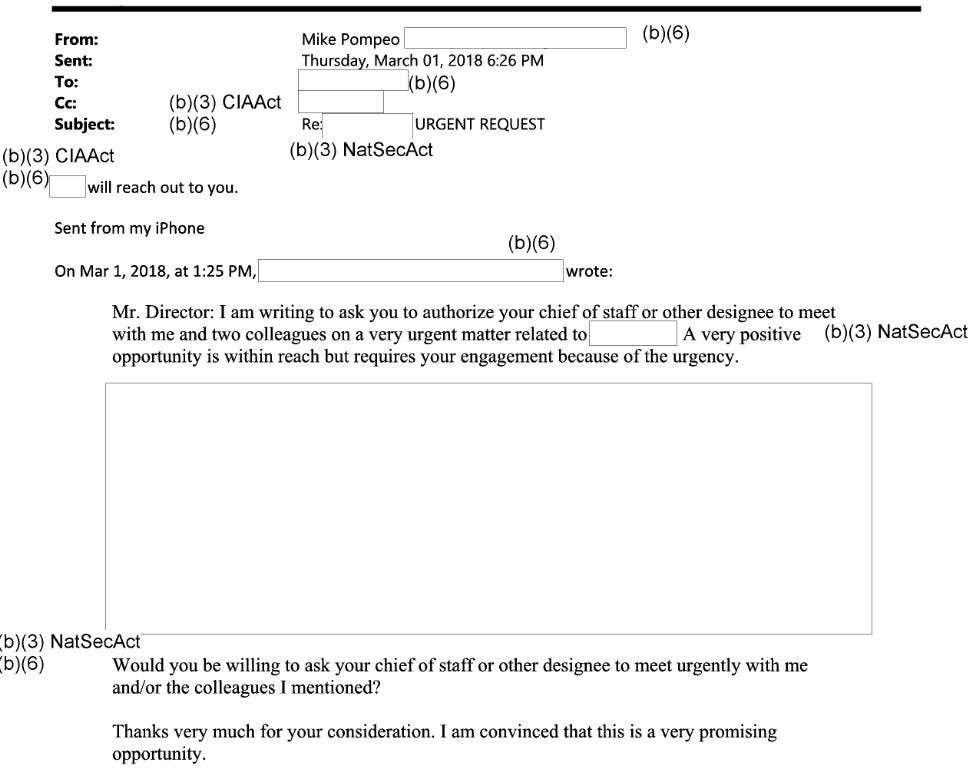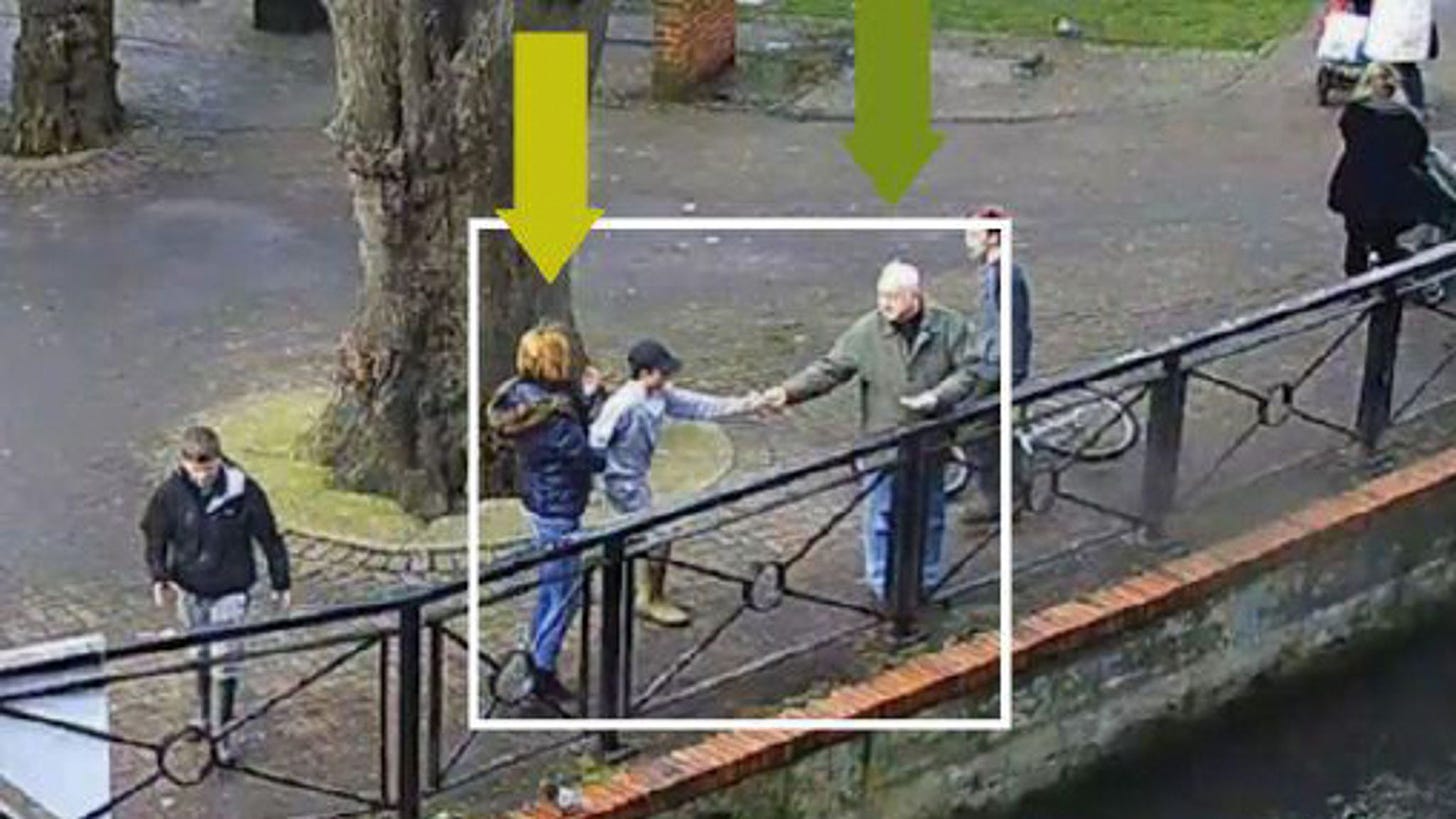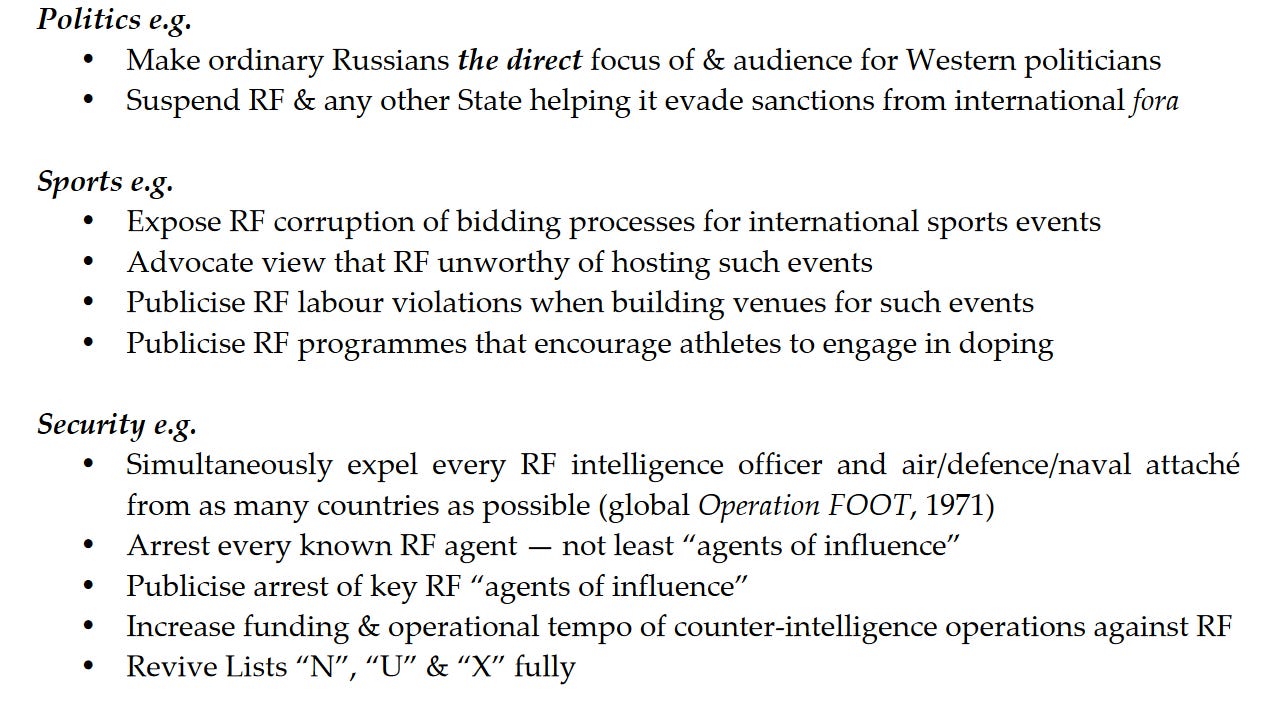By Kit Klarenberg, Substack, 11/17/24
All my investigations are free to access, thanks to the generosity of my readers. Independent journalism nonetheless requires investment, so if you took value from this article or any others, please consider sharing, or even becoming a paid subscriber. Your support is always gratefully received, and will never be forgotten. To buy me a coffee or two, please click this link.
On October 14th, a much-delayed inquiry into the mysterious death of Dawn Sturgess, a British citizen who died in July 2018 after reputedly coming into contact with Novichok nerve agent left in England by a pair of Russian assassins, finally commenced. Already, the public show trial has unearthed tantalising evidence gravely undermining the official narrative of the poisoning of GRU defector Sergei Skripal and his daughter Yulia in Salisbury, in March that year.
These revelations emerged despite the British state’s best efforts to sabotage the inquiry, and curtail its ability to ascertain the truth. For one, the Skripals have been prevented from testifying, despite formally requesting to do so. Such is the apparent risk of Russian intelligence attempting to target the pair anew, not even their video-recorded police interviews from the time can be entered into evidence. Meanwhile, the urgent question of what British intelligence and security services knew, and when they knew it, will not be explored.
Yet, primary source evidence British spies and their American counterparts were well-aware the two Russians accused of attempting to murder the Skripals were visiting Britain in advance of their arrival has lain in plain sight for years. Whether such foreknowledge implies the CIA and MI6 were in reality behind the abortive hit remains a matter of interpretation – but that the CIA and MI6 sought to exploit the Russian presence in Salisbury for their own malign purposes is beyond doubt.
In January 2021, US watchdog group American Oversight released hundreds of pages of emails sent to and from the personal address of Mike Pompeo, CIA director January 2017 – April 2018. In many cases, the emails were official Agency communications discussing matters of extreme sensitivity, conducted off-books. The records – heavily redacted under the US National Security Act – show that on March 1st 2018, Pompeo was approached by two high-ranking CIA operatives, who asked for a meeting on a “very urgent matter”. They added:
“A very positive opportunity is within reach but requires your engagement because of the urgency…I am convinced that this is a very promising opportunity.”

Pompeo responded in the affirmative, and the meeting went ahead early the next morning. Underlining their covert summit’s importance, the emails indicate CIA staffers were preparing to pitch the “positive opportunity” to the Agency’s chief from the early hours of March 2nd. Eerily, the email requesting Pompeo’s signoff on the proposal was sent less than half an hour after Ruslan Boshirov and Alexander Petrov, Skripal’s alleged assassins, purchased plane tickets from Moscow to London Gatwick for their Salisbury visit.

‘Strong Option’
Who emailed Pompeo is redacted, although then-CIA deputy director Gina Haspel is an obvious candidate. A longstanding Russia hawk, who cut her Agency teeth recruiting spies in the Soviet Union in the years before its collapse, she twice served as the CIA’s London station chief twice – from 2008 – 2011, and 2014 – 2017. Sergei Skripal arrived in Britain in July 2010 via a grand spy swap during her first tenure, which was negotiated by Haspel’s longtime collaborator Daniel Hoffman, then-CIA Moscow station chief. He was among the very first sources to publicly blame Russia for the Salisbury incident.
During Haspel’s “unusual” second spell in London, Skripal’s enduring connection to his homeland, and yearning to return, would’ve been well-known to British intelligence. Serendipitously, BBC veteran Mark Urban serendipitously interviewed the GRU defector in the year prior to his poisoning. He recorded that Skripal was “an unashamed Russian nationalist, enthusiastically adopting the Kremlin line in many matters, even while sitting in his MI6-purchased house.” Coincidentally, Urban once served in the same tank regiment as Pablo Miller, Skripal’s MI6 recruiter/handler, and Salisbury neighbour.
Moreover, former Kremlin official Valery Morozov, an associate of the GRU defector likewise exiled to Britain, claimed days after the poisoning that Skripal remained in “regular” contact with Moscow’s embassy in London, and met with Russian military intelligence officers there “every month”. He also flatly repudiated any suggestion the purported nerve agent attack on Sergei and Yulia was the work of Russian spies:
“Putin can’t be behind this. I know how the Kremlin works, I worked there. Who is Skripal? He is nothing for Putin. Putin doesn’t think about him. There is nobody in Kremlin talking about former intelligence officer [sic] who is nobody. There is no reason for this. It is more dangerous for them for such things to happen.”
That this information was not shared with Haspel stretches credulity. The Washington Post has reported how her time in Britain made her the personal “linchpin” of the CIA’s relationship with MI6, the Agency’s “most important foreign partner.” Her British colleagues gushed to the outlet, “she knows them so well…they call her the ‘honorary UK desk officer’.” Haspel regularly drew on this experience to “stabilize the transatlantic alliance” between London and Washington, which was frequently strained while she was CIA director May 2018 – January 2021.
This friction resulted in no small part from Trump legitimately accusing British chaos agents of “conspiring with American intelligence to spy on his presidential campaign,” charges that “rattled the British government at the highest levels.” Strikingly, a cited example of Haspel stabilising CIA relations with MI6 provided by WaPo was convincing a highly reluctant President to back the Western-wide expulsion of Russian diplomats, encouraged by London in the Salisbury incident’s wake.
How Haspel pressed Trump over Salisbury was revealed in April 2019. The New York Times reported that the President at first downplayed Skripal’s alleged poisoning and refused to respond, believing the apparent attack to be “legitimate spy games, distasteful but within the bounds of espionage.” However, Haspel successfully lobbied Trump to take the “strong option” of expelling Russian embassy staff in the US, by providing him with British-sourced “emotional images”:
“Haspel showed pictures the British government had supplied her of young children hospitalized after being sickened by the Novichok nerve agent that poisoned the Skripals. She then showed a photograph of ducks British officials said were inadvertently killed by the sloppy work of the Russian operatives…Trump fixated on the pictures of the sickened children and the dead ducks. At the end of the briefing, he embraced the strong option.”
‘Operation Foot’
The New York Times exposé caused a stir upon release, not least because the “emotional images” described had never hitherto been published or referred to in the mainstream media. While the Skripals giving bread to three local boys to feed ducks in Salisbury’s Avon Playground on March 4th 2018 was initially widely reported, no media outlet, government minister, spokesperson, health professional or law enforcement official had ever previously claimed children and/or waterfowl were “sickened” after coming into contact with Novichok. The reverse, in fact.
On March 26th that year, the Daily Mail recorded that the boys given bread by the Skripals – one of whom apparently ate some – were “rushed to hospital for blood tests amid fears they’d been poisoned,” but promptly discharged after being given “the all-clear.” Moreover, two days after the New York Times article was published, British health officials issued a statement not only refuting the report entirely, but denying any children were admitted to hospital in Salisbury as a result of Novichok exposure at all.

Subsequently, the New York Times radically amended its piece, removing any suggestion Haspel showed Trump photos of Novichok victims provided by the British. In fact, the newspaper reverse-ferreted, she had “displayed pictures illustrating the consequences of nerve agent attacks, not images specific to the chemical attack in Britain.” The question of whether the aforementioned images did exist, and were forged by British intelligence for the explicit purpose of bouncing Trump into a hostile anti-Russia stance, remains thoroughly open five-and-a-half years later.
After all, British spies had been planning and hoping for a mass defenestration of Russian diplomats globally, as a prelude to all-out war with Moscow, for years by that point. In January 2015, MI6/NATO front the Institute for Statecraft (IFS) a document setting out “potential levers” for achieving “regime change” in Russia, spanning “diplomacy”, “finance”, “security”, “technology”, “industry”, “military”, and even “culture”. One “lever”, which IFS listed thrice, stated:
“Simultaneously expel every [Russian] intelligence officer and air/defence/naval attaché from as many countries as possible (global ‘Operation Foot’).”

Operation Foot saw 105 Soviet officials deported from Britain in September 1971. Several mainstream media outlets referenced this incident when reporting on London successfully corralling 26 countries – including, of course, the US – into expelling over 150 Russian diplomatic staff in response to the Salisbury incident in March 2018. As a result, IFS got one step closer to its longstanding objective of “armed conflict of the old-fashioned sort” with Russia, which “Britain and the West could win.”
Fast forward to today, and Britain and the West are on the verge of losing that conflict once and for all. Meanwhile, the Salisbury incident’s ever-fluctuating official narrative continues to shift radically, in ways large and small. Contrary to all prior media reports on the matter, the Dawn Sturgess Inquiry has now been told one boy given bread by the Skripals to feed ducks actually “got sick” as a result, and he and his friends “were unwell for a day or two afterwards.”
This fresh rewriting neatly ties in with the highly controversial claim, unflinchingly clung to by British authorities, that the Skripals were poisoned with Novichok smeared on the doorknob of Sergei’s home on the morning of March 4th 2018, before heading into Salisbury. As subsequent investigations will show, available evidence – including Yulia Skripal’s own hospital bed testimony – points unmistakably to the pair being attacked elsewhere, at another time and by another means entirely, with British and American intelligence square in the frame.